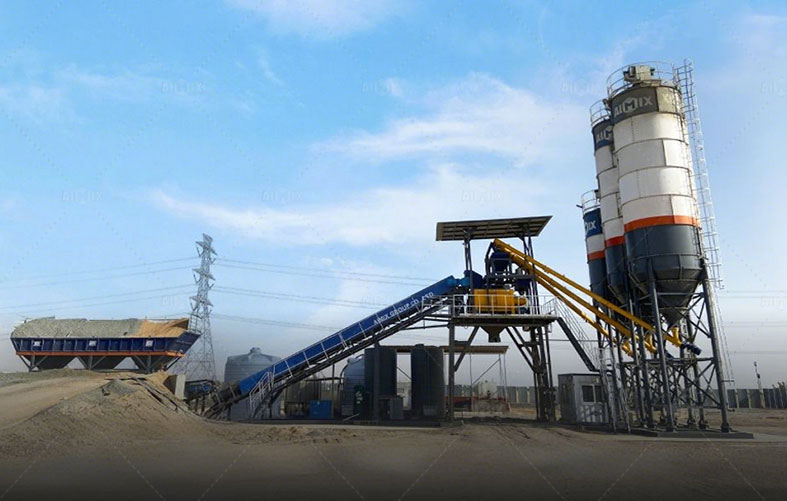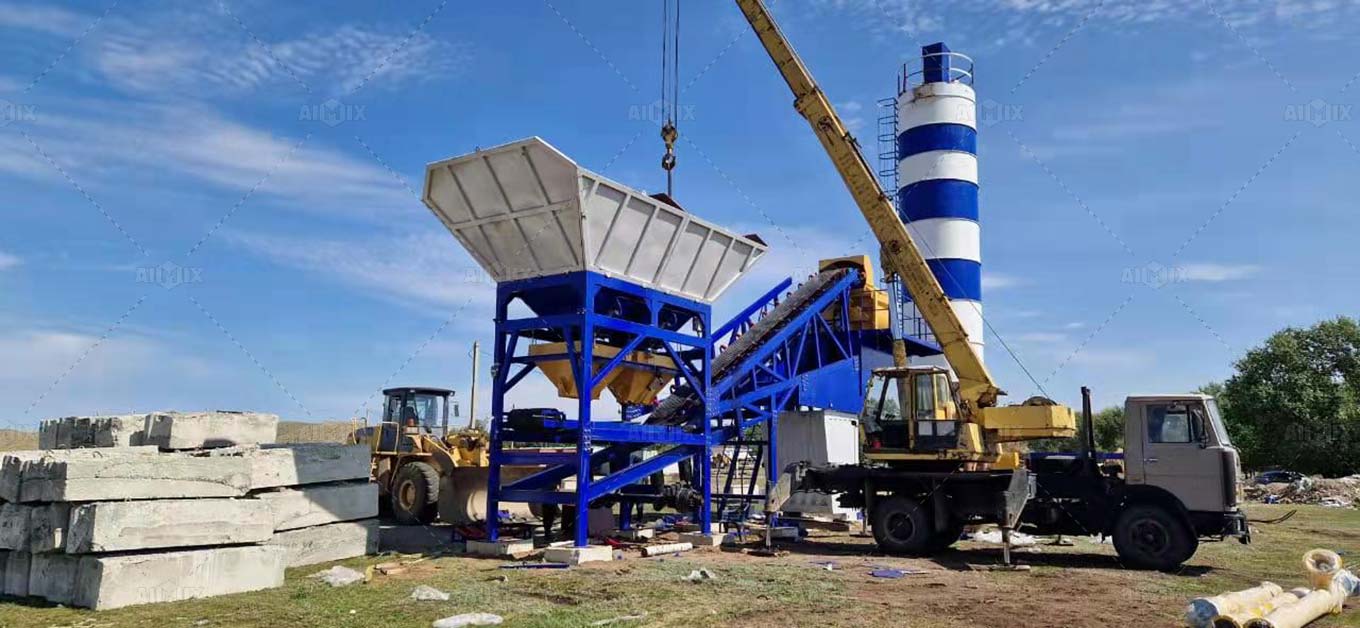Eco-Friendly Concrete Batching Plant: Component Upgrades That Actually Reduce Pollution
The concrete industry faces mounting pressure to reduce its environmental footprint, with concrete batching plant for sale emerging as a critical focus for emissions control and sustainable operations. Modern eco-friendly upgrades go beyond superficial greenwashing, targeting specific pollution vectors through engineered solutions that maintain production efficiency while minimizing ecological impact. These technological advancements address three primary pollution sources: particulate emissions, wastewater discharge, and energy consumption, transforming conventional batching operations into models of environmental responsibility.
Advanced Dust Collection Systems
Traditional batching plants generate significant airborne particulate matter during aggregate handling and cement transfer. Contemporary dust control systems employ multi-stage filtration that captures up to 99.97% of particulates before release. High-efficiency pulse-jet baghouses with automated cleaning cycles maintain consistent airflow while preventing filter clogging, a common limitation of older systems. The integration of electrostatic precipitators further enhances capture rates for sub-micron particles that conventional systems miss.

Material handling upgrades complement these systems. Enclosed conveyor belts with negative pressure zones prevent dust escape during transfer, while robotic loading arms precisely position materials without the spillage common in manual operations. These combined measures reduce particulate emissions by 85-92% compared to conventional plants, often bringing operations well below stringent EPA Tier 4 emission standards. The systems pay for themselves through recovered material savings alone, with many operators reporting 6-8% reductions in cement waste.
Closed-Loop Water Management
Water recycling systems have evolved from simple settling ponds to sophisticated treatment plants that recover 95% of process water. Modern portable concrete plants employ flocculation chambers with automated chemical dosing that clarifies water for reuse in subsequent batches. The remaining 5% transforms into moist filter cake, which some forward-thinking operations incorporate into low-grade concrete products rather than sending to landfills.
The most advanced systems now include pH balancing and dissolved solids removal, allowing indefinite water reuse without compromising mix quality. This eliminates the contaminated runoff that traditionally plagued batching operations while reducing freshwater consumption by 3-4 million gallons annually for mid-sized plants. The technology particularly benefits operations in drought-prone regions or areas with strict water discharge regulations.
Energy Optimization Technologies
Electric hybrid drives represent the most significant leap in batching plant energy efficiency. These systems combine grid power with onboard energy storage, smoothing demand spikes that trigger utility peak charges. Smart controllers analyze energy pricing trends and production schedules to optimize power source selection, reducing energy costs by 25-40% while cutting carbon emissions.

Supplemental technologies enhance these savings. High-efficiency planetary mixers require 30% less power for equivalent output, while thermal imaging systems prevent energy waste by identifying and repairing heat loss in heating systems. Some ready mix concrete plants now integrate renewable energy sources, with solar arrays and small wind turbines offsetting up to 15% of total energy demand.
The economic case for these upgrades has never been stronger. Modern pollution control systems typically achieve 2-3 year payback periods through resource savings and operational efficiencies, while simultaneously future-proofing operations against tightening environmental regulations. As the construction industry moves toward carbon neutrality, these component upgrades position forward-thinking concrete producers at the vanguard of sustainable construction practices. The plants prove environmental responsibility and production efficiency aren't mutually exclusive—they're increasingly one and the same.


